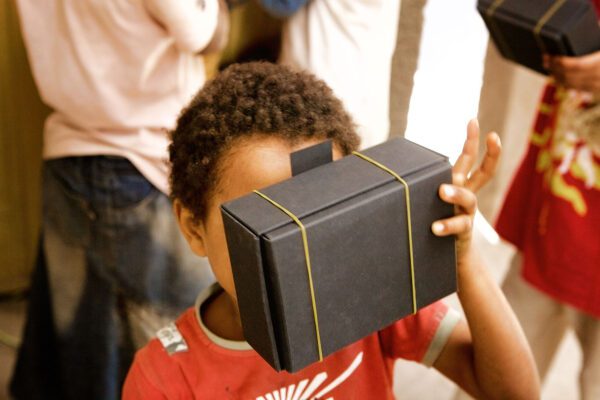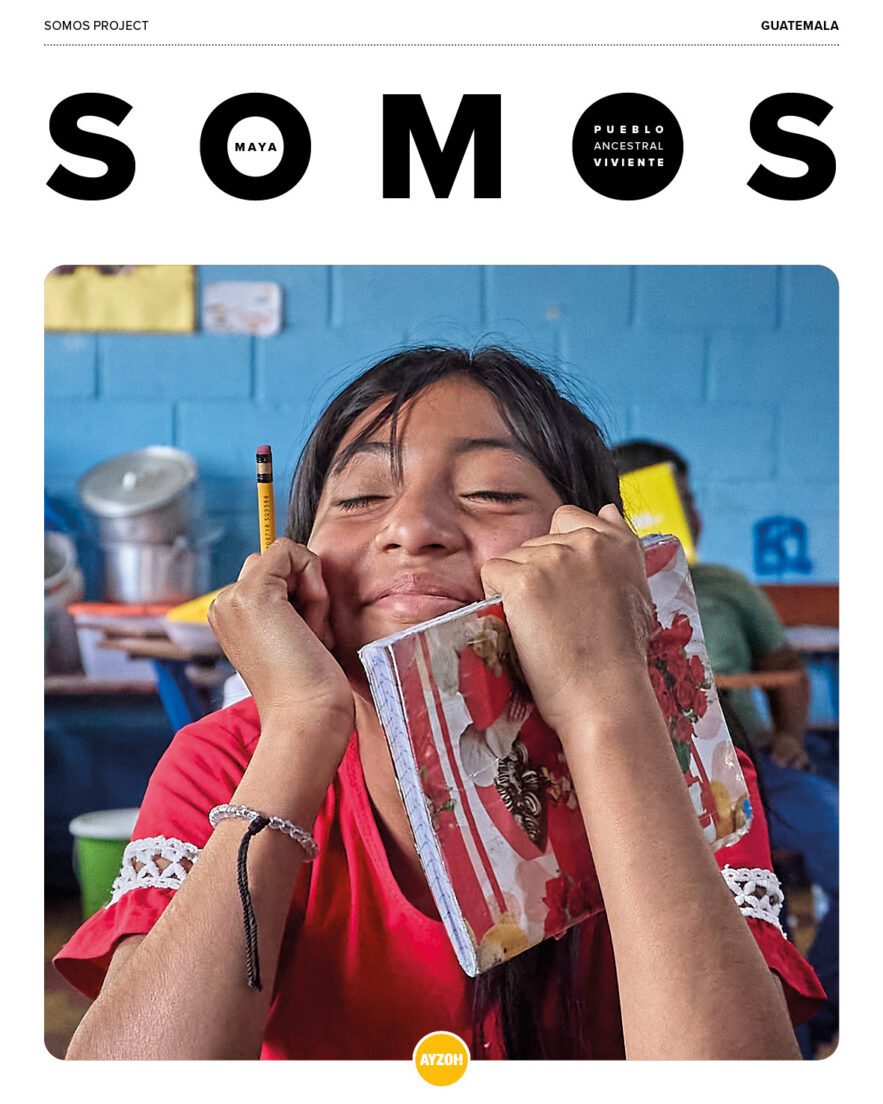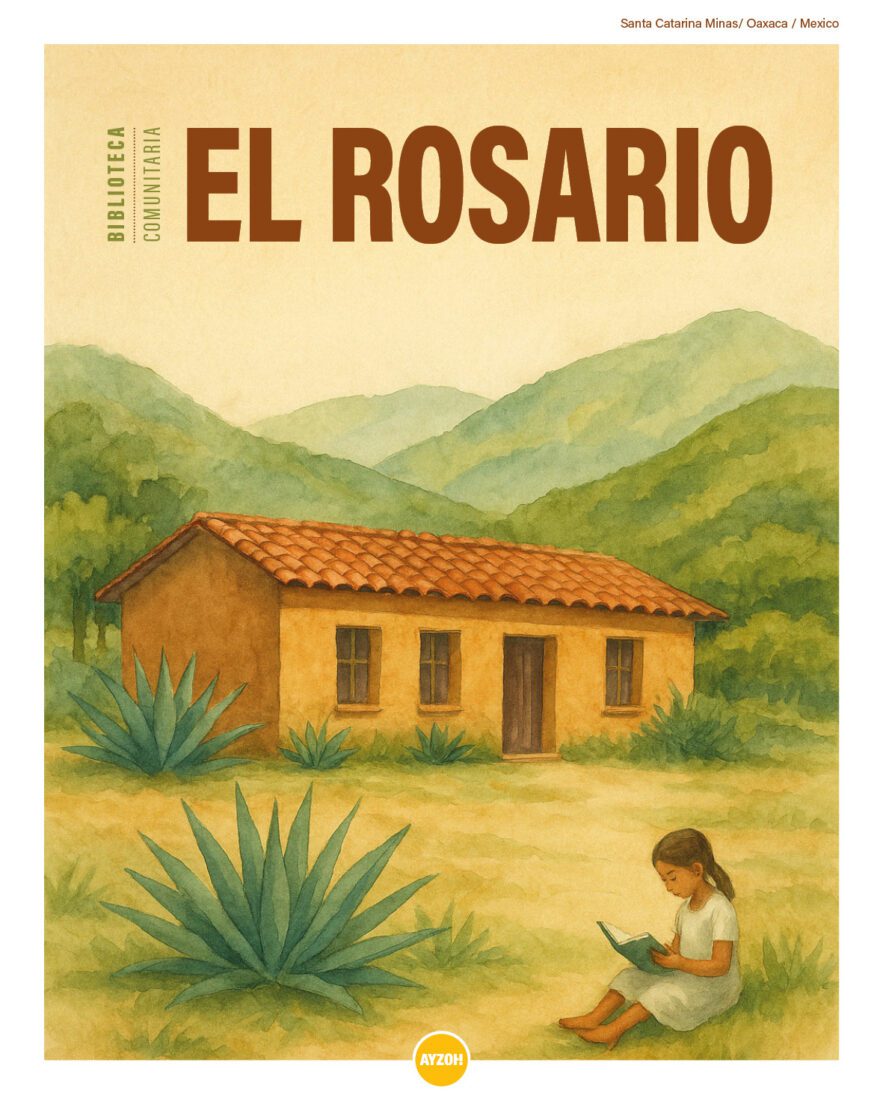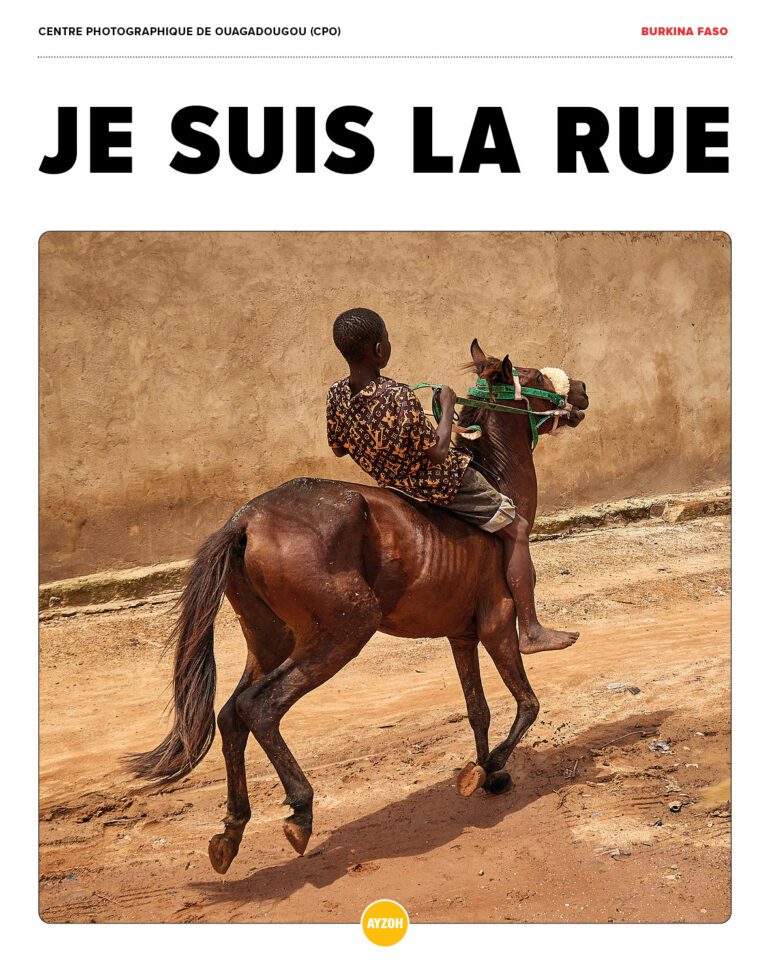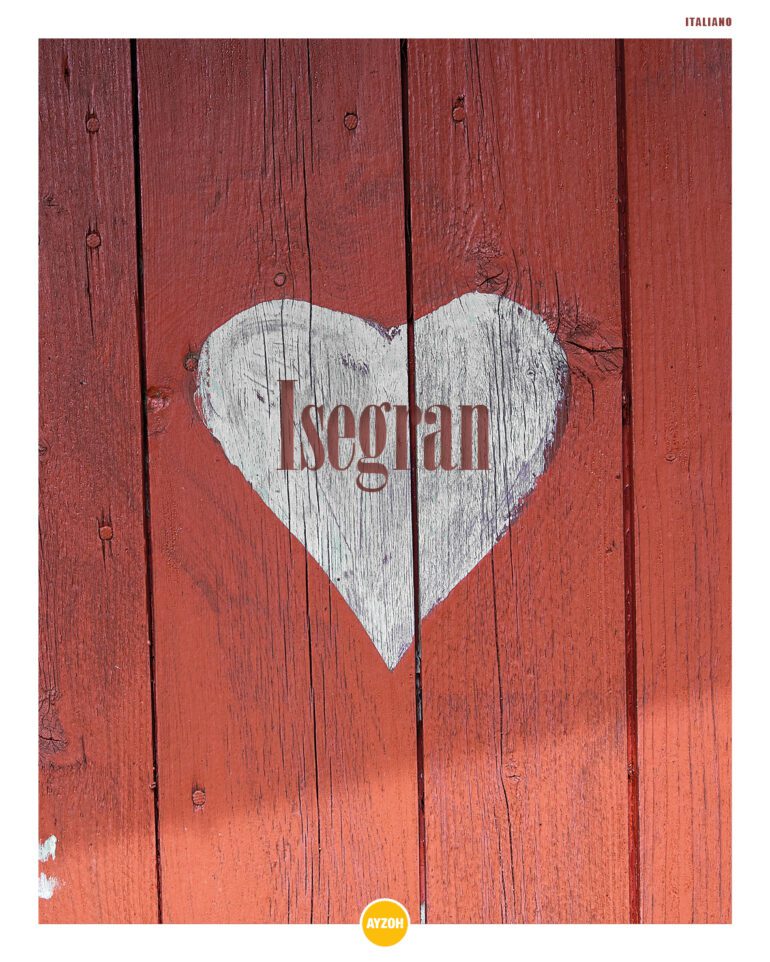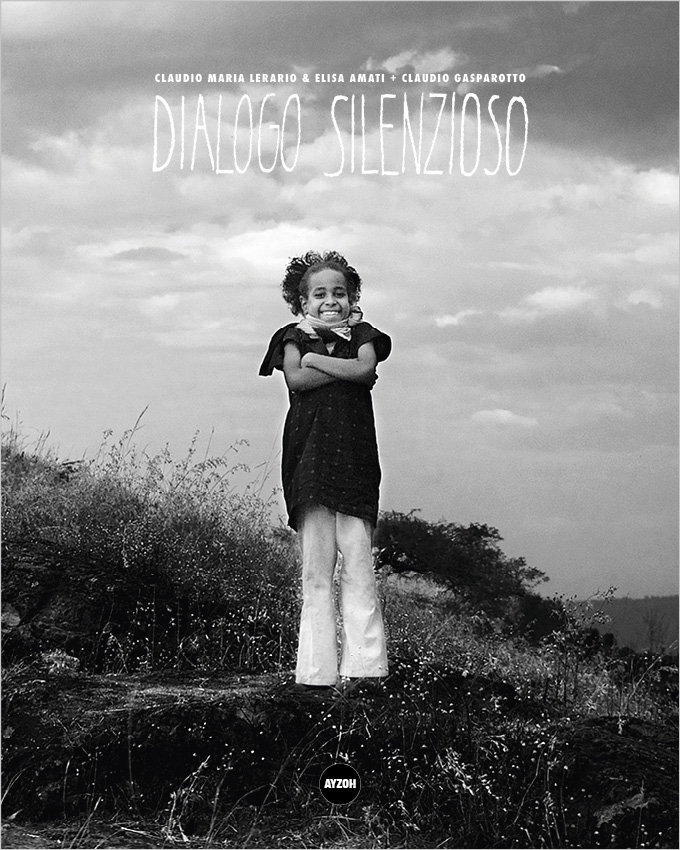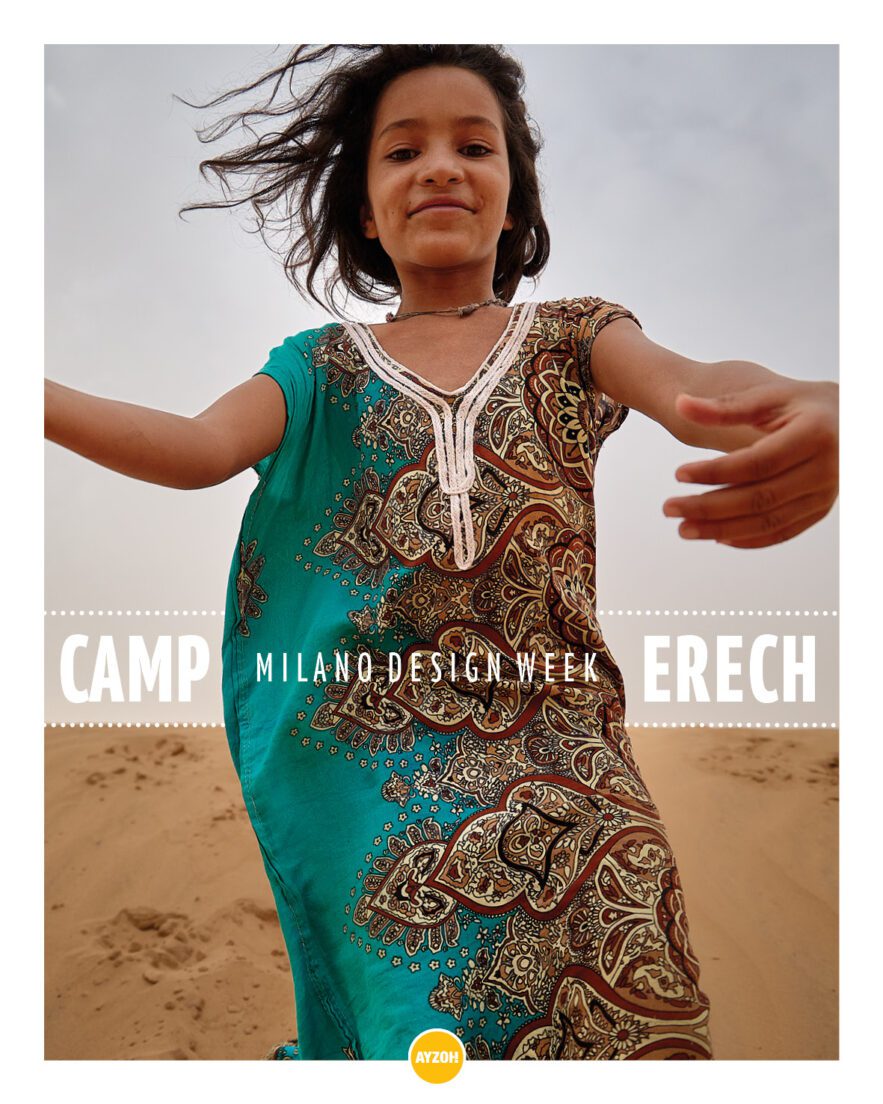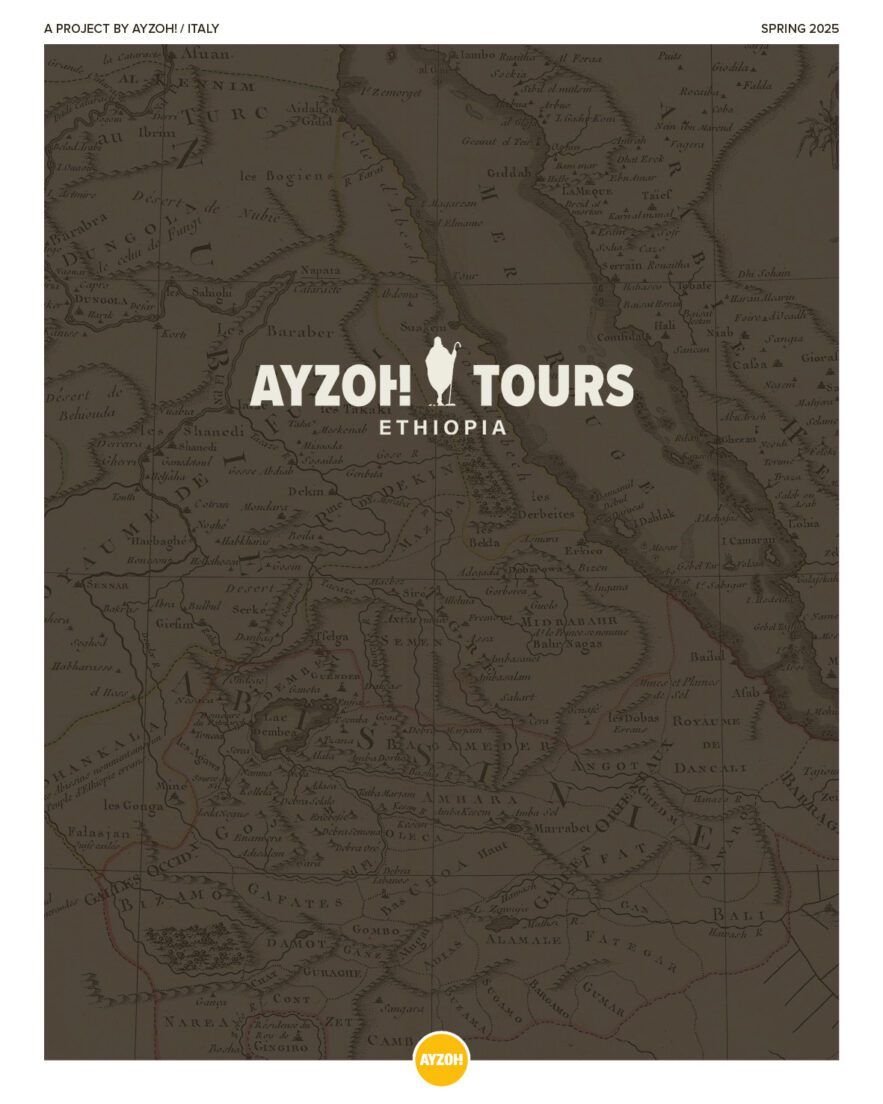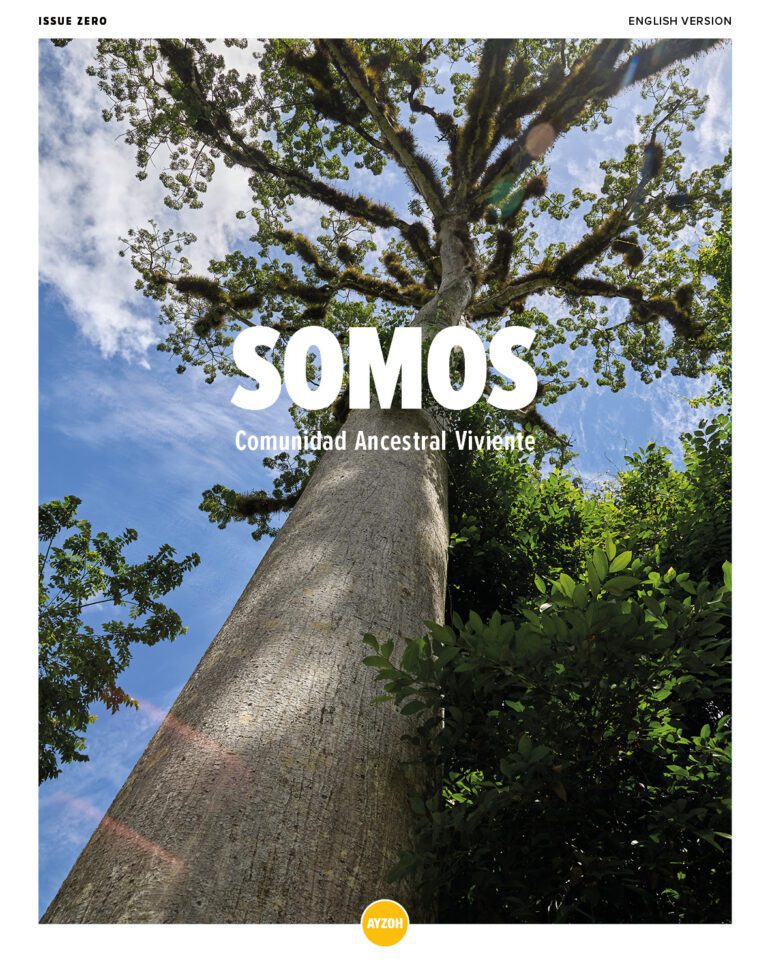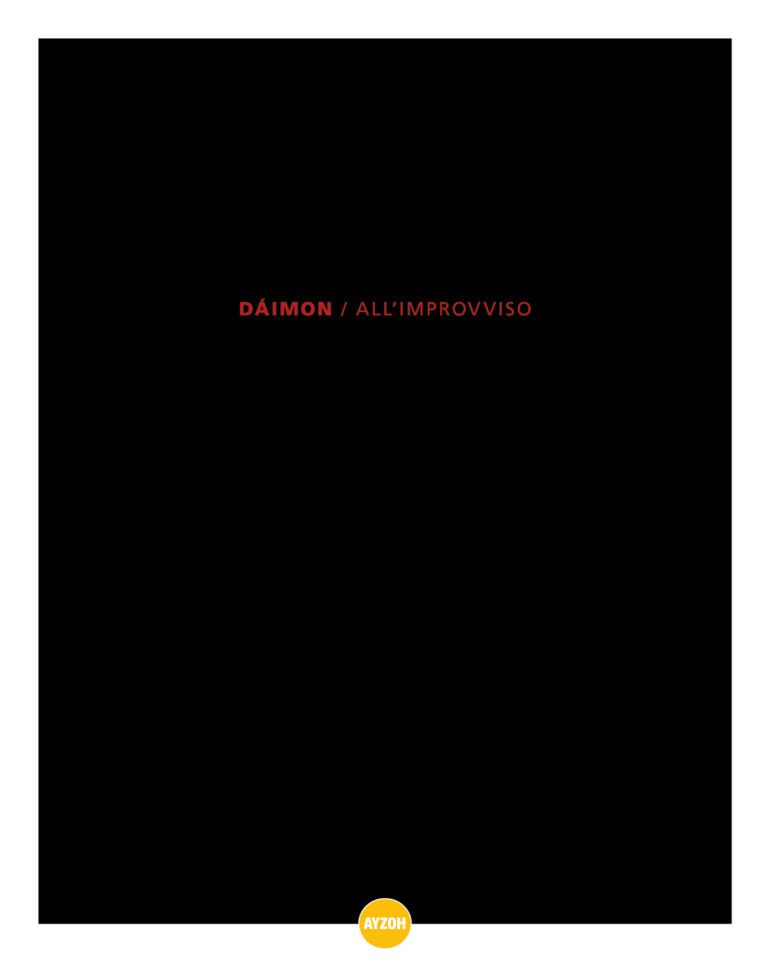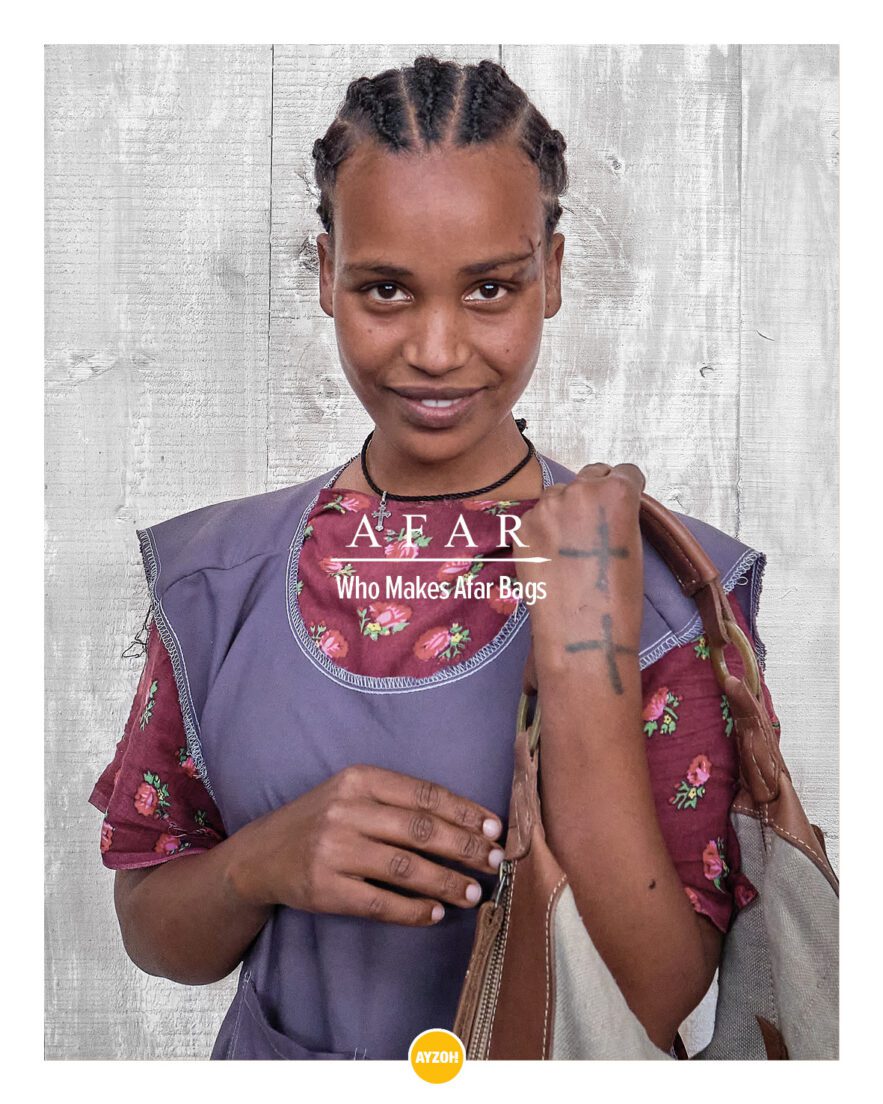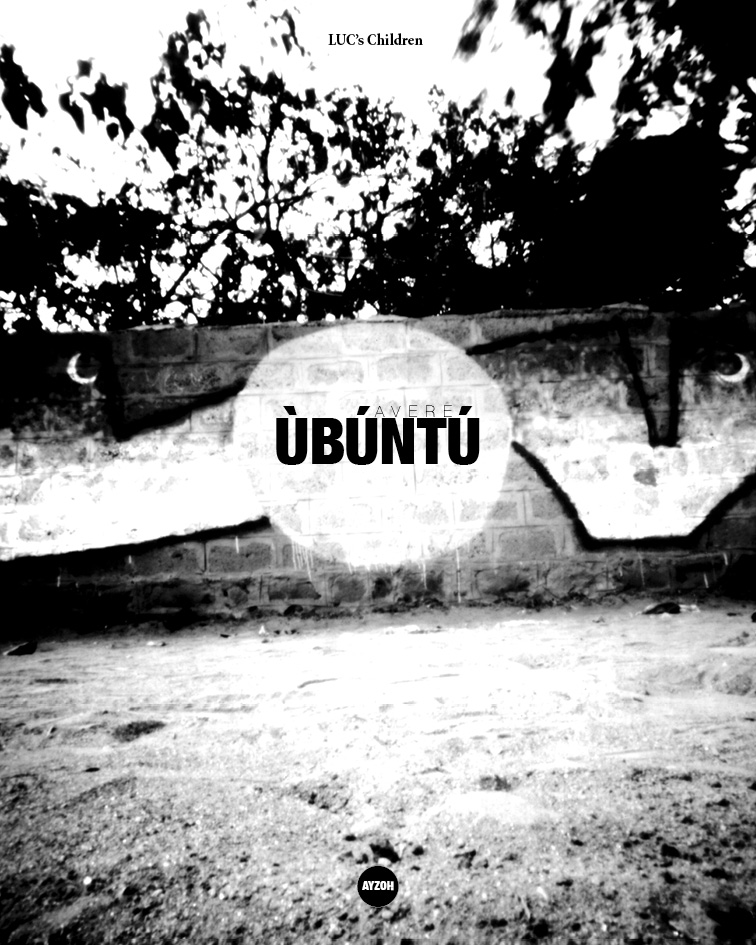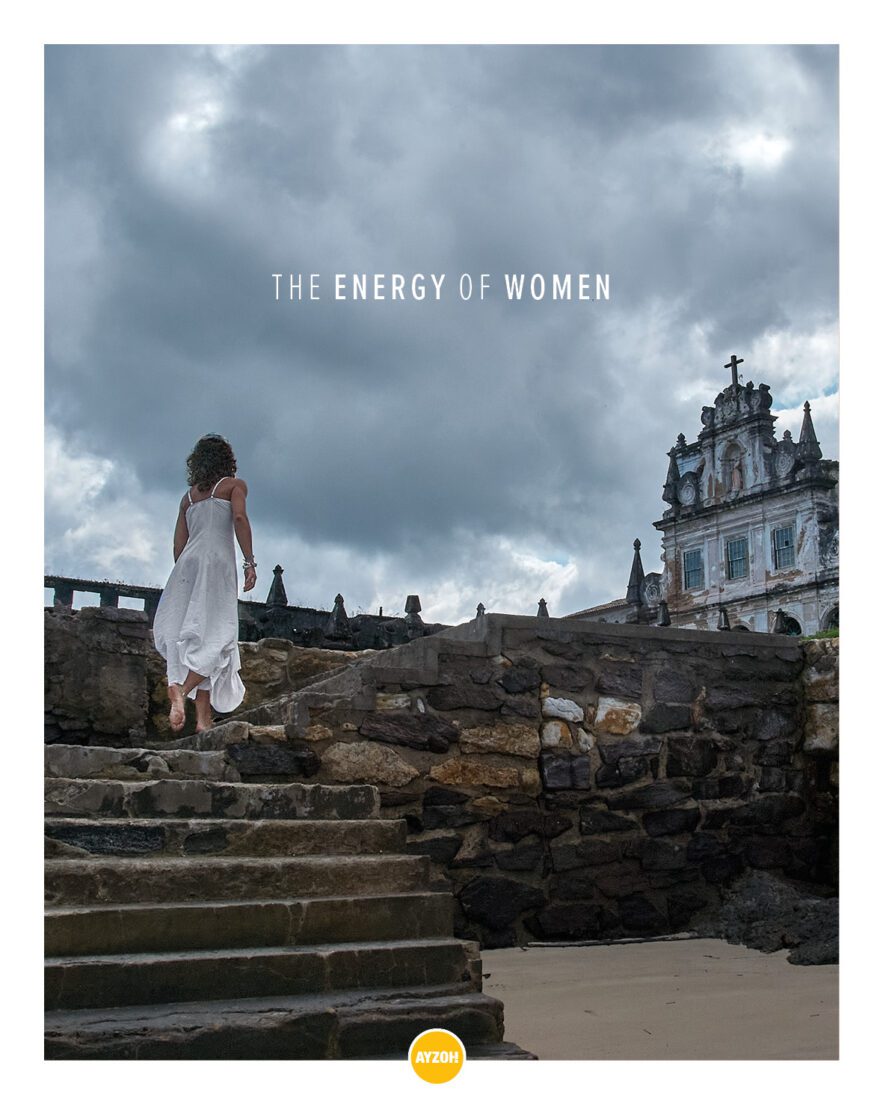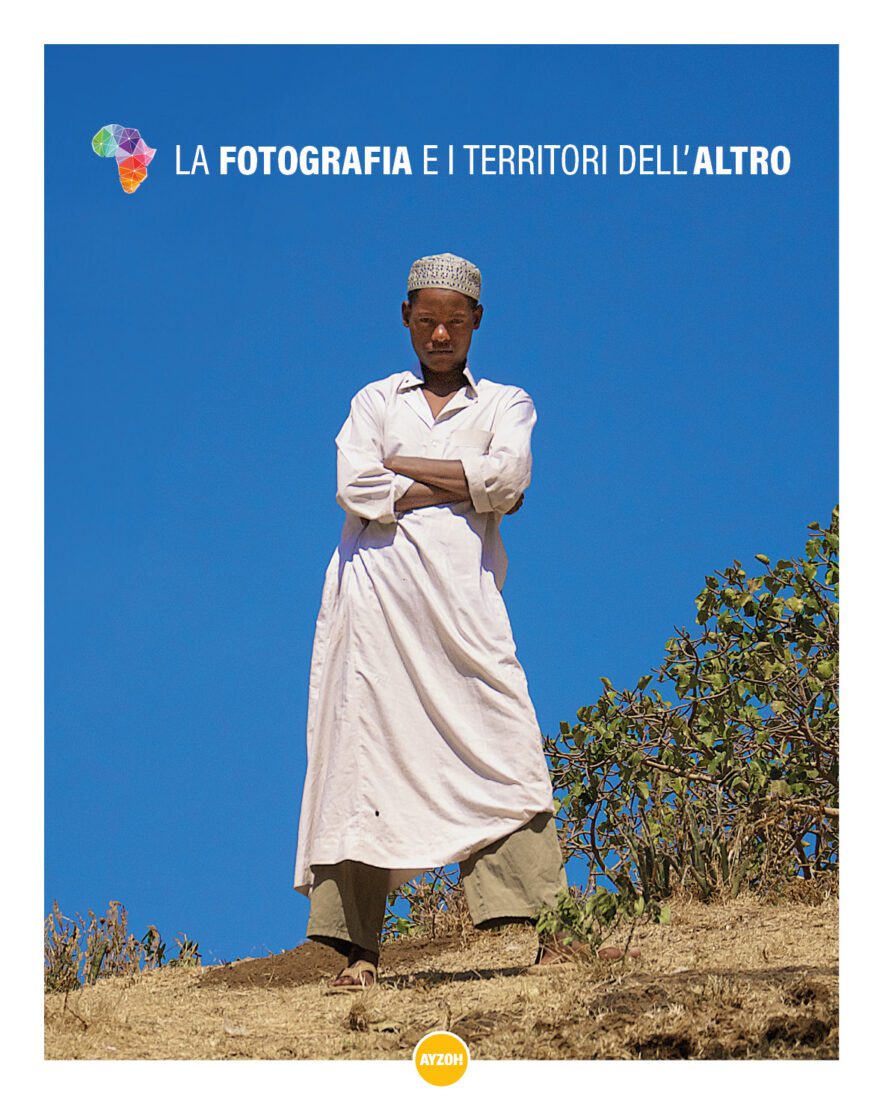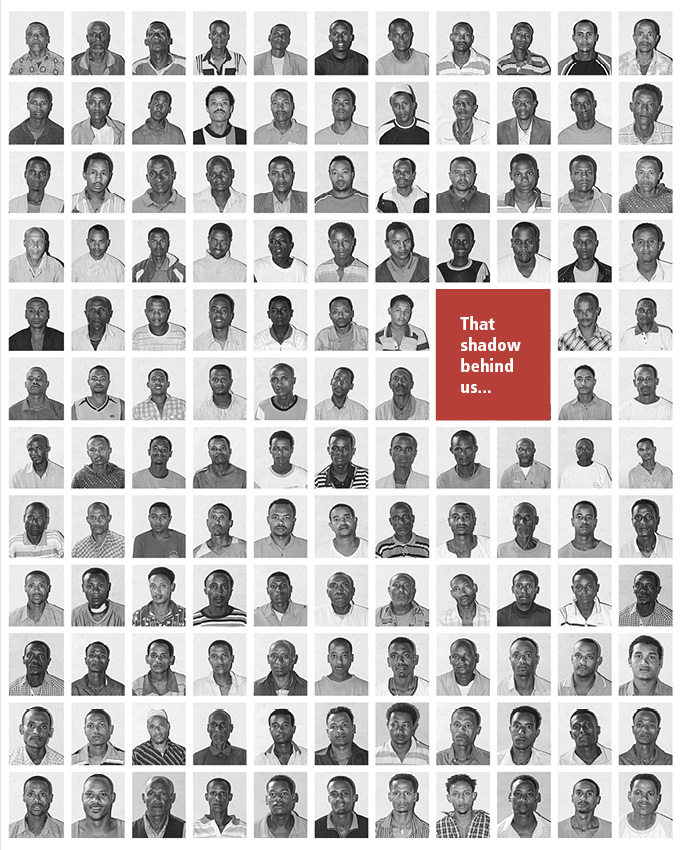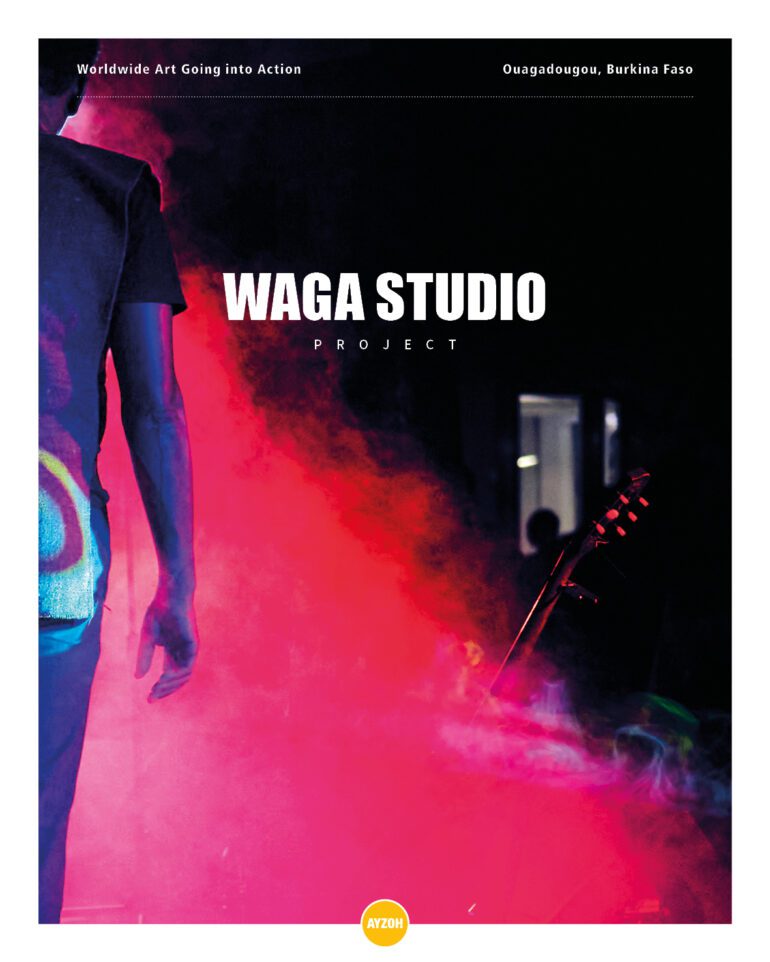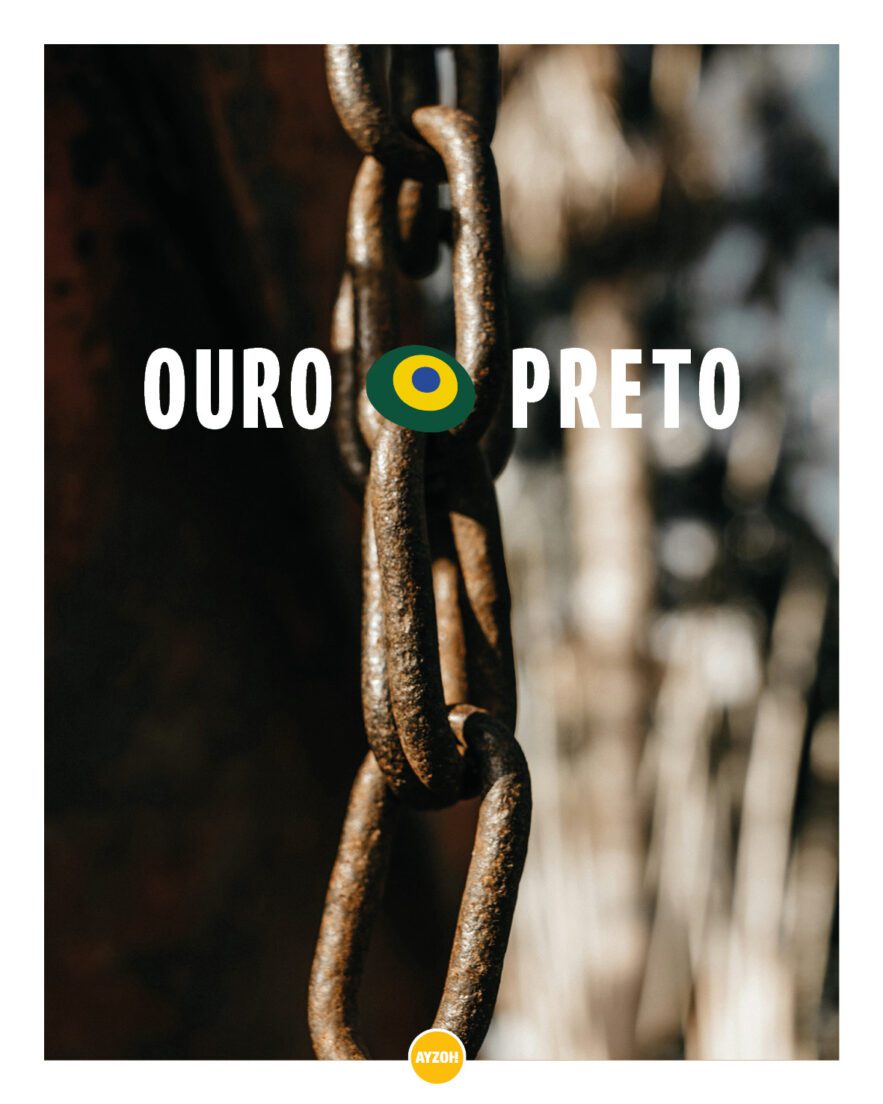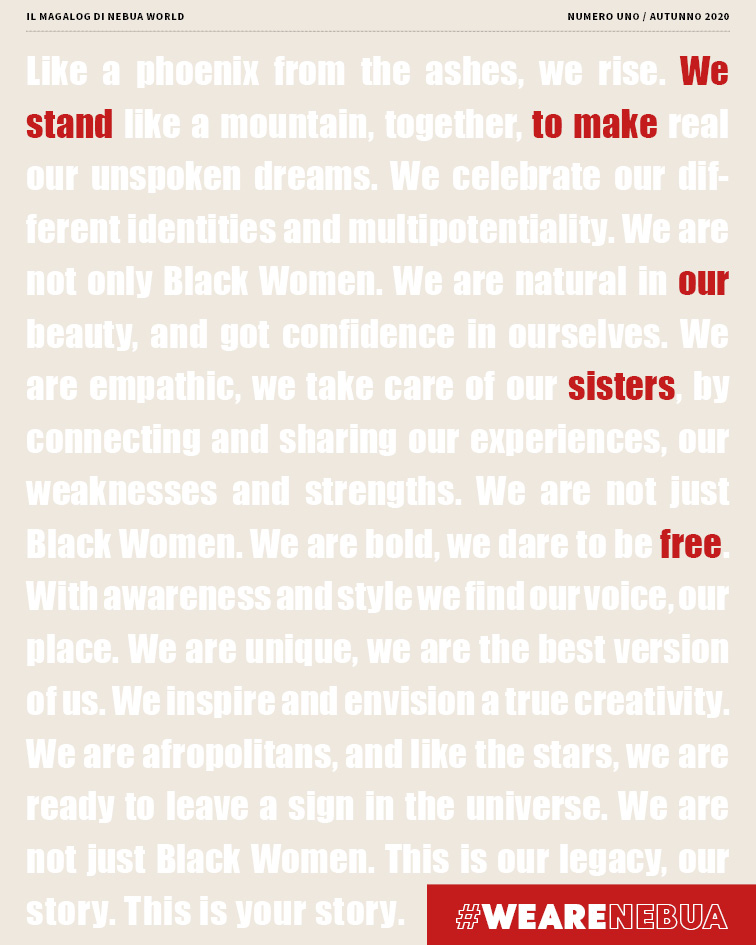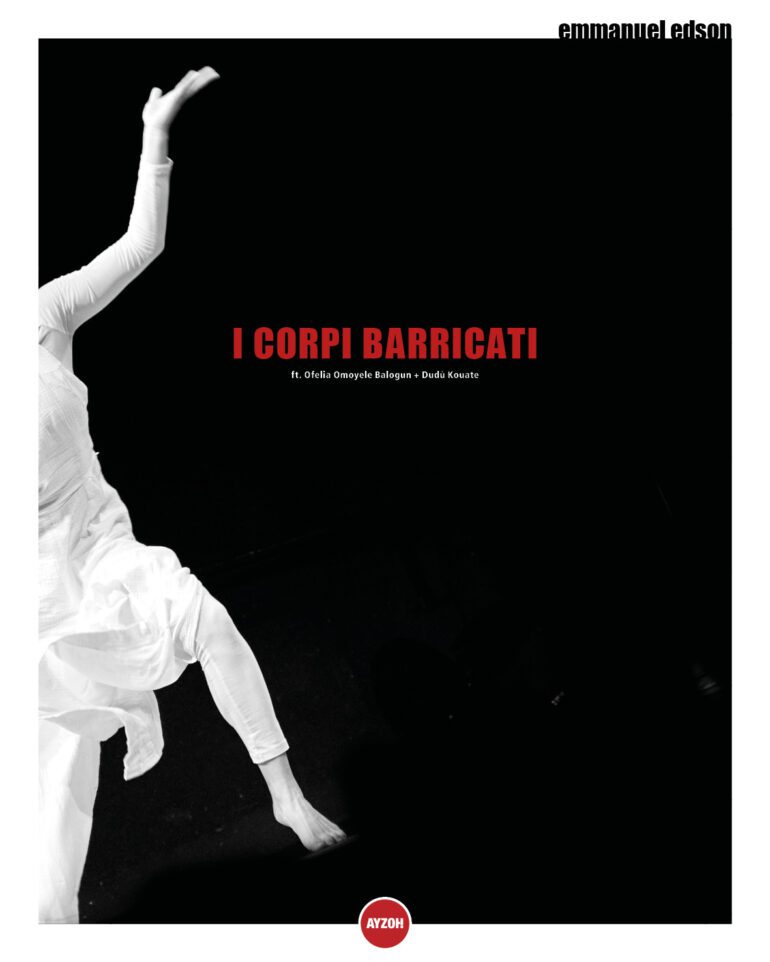Thanks to the cooperation of our friends from the Italy-China Association of San Marino, we held a calligraphy course at their headquarters in Rimini. Chinese calligraphy, known as “shūfǎ” (书法) in Chinese, is a revered and ancient art form that has been practiced for thousands of years. It involves the skilled and deliberate use of brush and ink to create aesthetically pleasing and expressive characters on paper or silk. Chinese calligraphy is not merely a method of writing; it is a profound cultural practice that embodies the essence of Chinese philosophy, art, and history.
The art of Chinese calligraphy encompasses a wide range of styles, each with its own unique characteristics and historical significance. Some of the most prominent calligraphy styles include:
1. Zhuan (篆书): This is the oldest style of Chinese calligraphy, characterized by its seal-like, angular shapes. Zhuan script was originally used for inscriptions on seals and ritual bronze vessels.
2. Li (隶书): Li script developed from Zhuan script and was used for official inscriptions during the Qin and Han dynasties. It features more fluid and cursive strokes compared to Zhuan script.
3. Kai (楷书): Kai script is the standard script used in modern Chinese writing. It is characterized by its clear, balanced, and upright appearance, making it highly legible.
4. Xing (行书): Xing script is a semi-cursive style that bridges the gap between Kai and Cao scripts. It exhibits flowing, connected strokes with occasional simplifications of characters.
5. Cao (草书): Cao script, also known as grass script, is highly cursive and abstract. Characters in Cao script are often simplified and expressive, emphasizing artistic interpretation over strict adherence to form.
Chinese calligraphy requires years of dedicated practice to master. Calligraphers must develop precise control over brush strokes, ink density, and rhythm to convey meaning and beauty through their writing. Beyond technical skill, calligraphy is considered a meditative and spiritual practice in Chinese culture, reflecting the Daoist principles of balance, harmony, and spontaneity.
The materials used in Chinese calligraphy are simple yet essential. They include specialized brushes made from animal hair or synthetic fibers, ink sticks that are ground with water to create ink, rice paper or silk as the writing surface, and inkstones for grinding and mixing ink.
In contemporary times, Chinese calligraphy continues to be celebrated as a revered art form practiced by artists, scholars, and enthusiasts around the world. It is often displayed as decorative art, preserved in scrolls or framed pieces, and serves as a cultural link to China’s rich heritage and artistic traditions. Through Chinese calligraphy, the beauty of the written word is elevated to a form of artistic expression that transcends language and resonates with universal appreciation for aesthetics and craftsmanship.






































